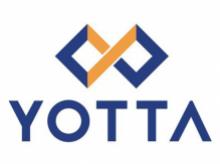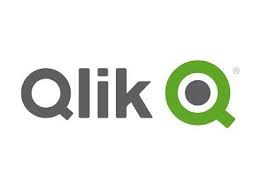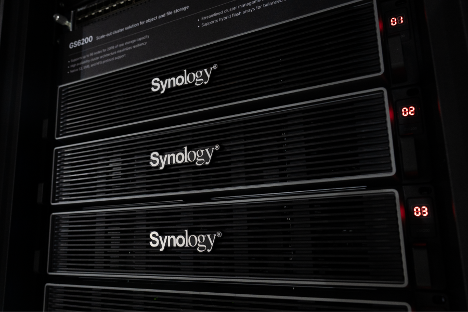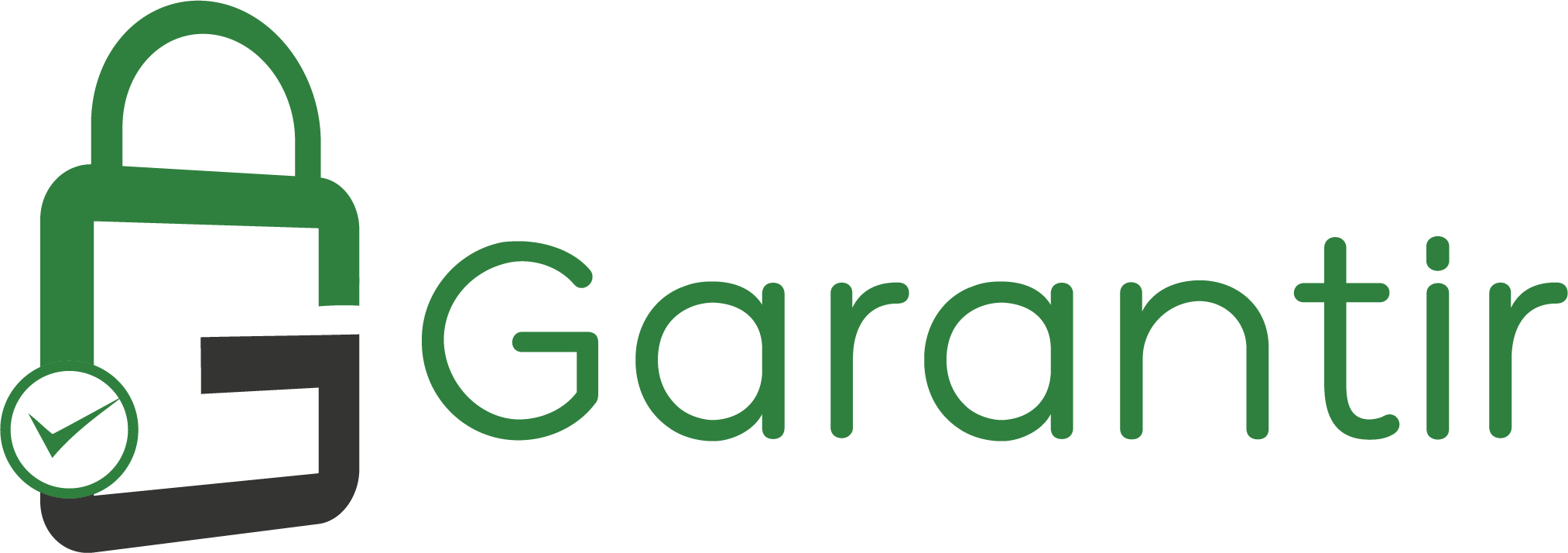OT Cybersecurity Risk Elevates within Executive Leadership Ranks
Fortinet, the global cybersecurity leader driving the
convergence of networking and security, announced the findings from its global
2025 State of Operational Technology and Cybersecurity Report. The results
represent the current state of operational technology (OT) cybersecurity and
highlight opportunities for continued improvement for organizations to secure
an ever-expanding IT/OT threat landscape. In addition to trends and insights
impacting OT organizations, the report offers best practices to help IT and OT
security teams better secure their cyber-physical systems.
“ The seventh installment of the Fortinet State of
Operational Technology and Cybersecurity Report shows that organizations are
taking OT security more seriously. We see this trend reflected in a notable
increase in the assignment of responsibility for OT risk to the C-suite,
alongside an uptick in organizations self-reporting increased rates of OT
security maturity. Alongside these trends, we’re seeing a decrease in the
impact of intrusions in organizations that prioritize OT security. Everyone
from the C-suite on down needs to commit to protecting sensitive OT systems and
allocating the necessary resources to secure their critical operations,” said,
Nirav Shah, Senior Vice President, Products and Solutions, at Fortinet
Key findings from the
global survey include:
Responsibility for OT security
continues to elevate within executive ranks: There has been a significant
increase in the global trend of corporations planning to integrate
cybersecurity under the CISO or other executives. As accountability continues
to shift into executive leadership, OT security is elevated to a high-profile
issue at the board level. The top internal leaders who influence OT
cybersecurity decisions are now most likely to be the CISO or CSO by an
increasingly wide margin. Now more than half (52%) of organizations report that
the CISO/CSO is responsible for OT, up from 16% in 2022. For all C-suite roles,
this has spiked to 95%. Additionally, the number of organizations intending to
move OT cybersecurity under CISO in the next 12 months has increased from 60%
to 80% in 2025.
OT cybersecurity maturity is
affecting the impact of intrusions: Self-reported OT security maturity has made
notable progress this year. At the basic Level 1, 26% of organizations report
establishing visibility and implementing segmentation, up from 20% in the
previous year. The largest number of organizations state their security
maturity is at the Level 2 access and profiling phase. The report also found a
correlation between maturity and attacks. Those organizations that report being
more mature (higher of Levels 0–4) are seeing fewer attacks or indicate that
they are better able to handle lower-sophistication tactics, such as phishing.
It’s worth noting that some tactics, such as advanced persistent threats (APT)
and OT malware, are difficult to detect, and less mature organizations may not
have the security solutions in place to determine they exist. Overall, although
nearly half of organizations experienced impacts, the impact of intrusions on
organizations is declining, with a noteworthy reduction in operational outages
that impacted revenue, which dropped from 52% to 42%.
Adopting cybersecurity best
practices is having a positive impact: In addition to the Levels of maturity
affecting the impact of intrusions, it appears that adopting best practices
such as implementing basic cyber hygiene and better training and awareness are
having a real impact, including a significant drop in business email
compromise. Other best practices include incorporating threat intelligence,
which spiked (49%) since 2024. Additionally, the report saw a significant
decrease in the number of OT device vendors, which is a sign of maturity and
operational efficiency. More organizations (78%) are now using only one to four
OT vendors, which indicates that many of these organizations are consolidating
vendors as part of their best practices. Cybersecurity vendor consolidation is
also a sign of maturity and corresponds to Fortinet customer experiences with
the Fortinet OT Security Platform. Unified networking and security at remote OT
sites enhanced visibility and reduced cyber risks, leading to a 93% reduction
in cyber incidents vs. a flat network. The simplified Fortinet solutions also
led to a 7x improvement in performance through reductions in triage and setup.






























Leave A Comment